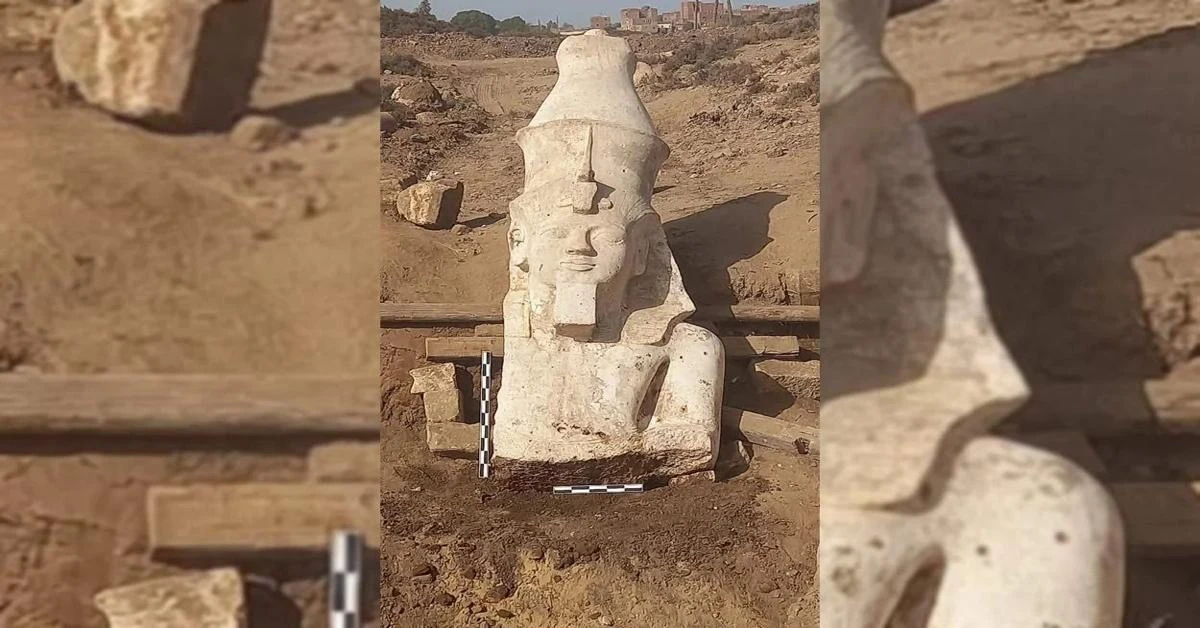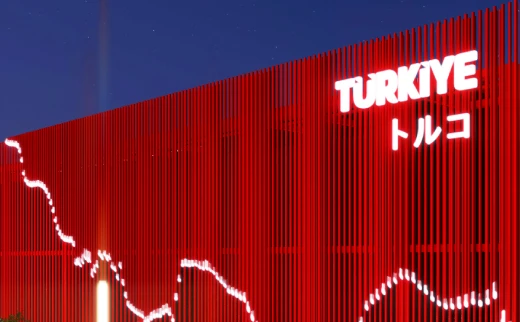Archaeological excavations in Egypt reveal giant statue

The Egyptian-American Joint Archaeological Mission has uncovered the upper part of a large statue of Ramses II during ongoing archaeological excavations in Egypt’s Minya
During ongoing archaeological excavations in Egypt’s Minya Province, a statue of Ramses II, commonly known as Ramesses the Great, was discovered, measuring 3.8 meters in height. This discovery is part of a larger statue that, when combined with the previously found lower part, will stand 7 meters (22.97 feet) tall.
The third pharaoh of the 19th Dynasty during the New Kingdom, Ramses II’s reign (1279-1213 B.C.), is generally considered the most famous period in Egyptian history, marked by military campaigns and major construction projects.
The statue of Ramses II was found during excavations in the ancient city of Hermopolis, located near the border between Lower and Upper Egypt.
The statue depicts Ramses II wearing a double crown and a head covering with a royal cobra, while the upper part of the rear column bears a series of hieroglyphic inscriptions describing the pharaoh’s exalted titles.
According to Mustafa Waziri, secretary general of the Supreme Council for Archaeology, the limestone statue is the missing upper section of a statue discovered by German archaeologist G. Roeder in the 1930s.
Yufona Tranka also explained that the mission restored the granite columns on the north side of the Basilica of Ashmonin, a sixth-century church dedicated to the Virgin Mary, built on the ruins of the Temple of Talmi.
The ancient Greeks called the city Hermopolis, meaning “City of Hermes,” because they associated the cult of Thoth worshipped in Hermopolis with Hermes. The city was made an important religious center by the Romans from the third century onward and by then was part of the Roman province of Thebais Prima in the administrative diocese of Egypt.
Source: Newsroom



